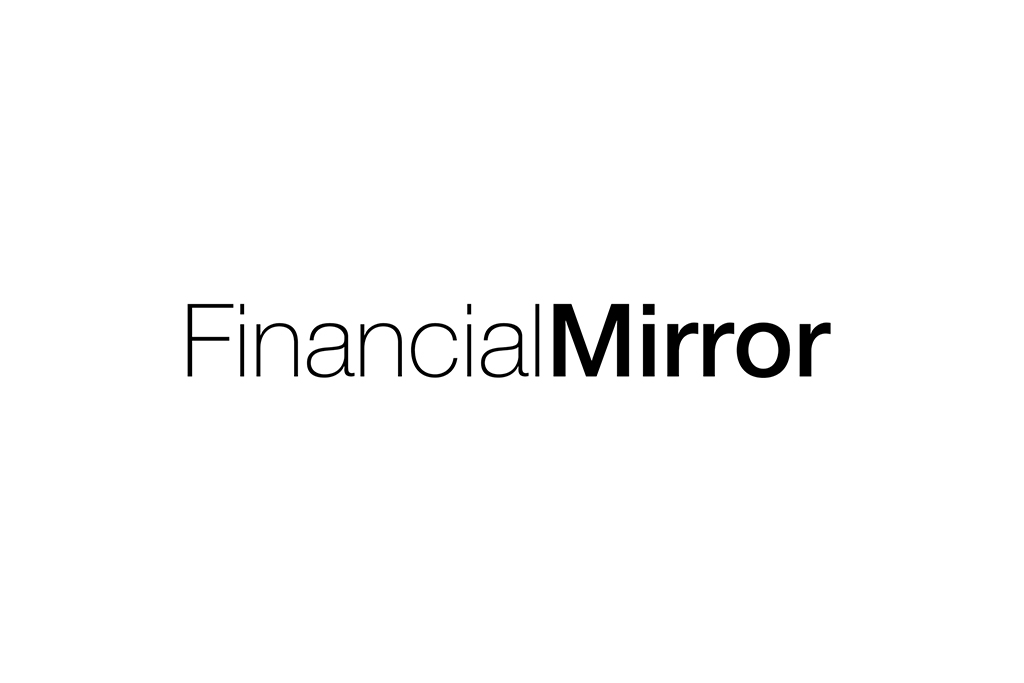In recent months, several European insurers and reinsurers have announced unprecedentedly large share buyback programmes and plans to maintain this approach for the coming few years, Moody’s Investors Service said in a new Special Comment.
Although Moody’s recognises the potential risks in this notable shift in stance, it believes that these should remain contained and that very few large groups are likely to experience serious pressure on ratings.
Moody’s believes there are numerous reasons why insurers have recently become so keen to return capital to shareholders.
“Firstly, achieving the highest possible credit rating, i.e. Aaa, is no longer as important an objective as it used to be and the industry standard now appears to be to target a rating that is consistent with the peer group average and that does not in and of itself generate adverse publicity. Secondly, opportunities for growth are few and far between — as well as being expensive,” said Timour Boudkeev, a Moody’s Vice President — Senior Credit Officer and author of the report entitled “Share Buybacks at European Insurers”.
In addition, there is mounting pressure from activist shareholders to maximise shareholder value, although the insurance industry would appear to be one of the less obvious targets for private equity investors, in Moody’s view.
In terms of the implications for credit ratings, returning sizeable amounts of equity to shareholders would normally be associated with higher levels of financial leverage, which could exert pressure on ratings.
“However, in many cases effective financial leverage continues to decline despite large share buybacks — because most insurers do not (yet) distribute more than 100% of their annual net income and issuers in the insurance industry are increasingly replacing maturing senior debt with hybrid instruments, often with high equity content,” Boudkeev explained.
Nonetheless, Moody’s believes that for many insurers, as hybrid issuance rises, earnings coverage is likely to become an increasingly pressing constraint.
Although a high retention rate of earnings is, in and of itself, no guarantee of superior financial strength in the long term, returning capital to shareholders when the pricing cycle is just beyond its peak poses some potential challenges in terms of the need for underwriting rigour. However, in Moody’s opinion, provided distributions do not exceed 100% of net income, less any growth in required capital, rating pressure on large groups is likely to remain limited given the substantial capital buffers that they have built up in recent years.







